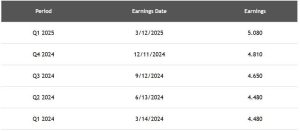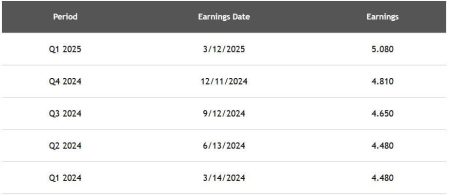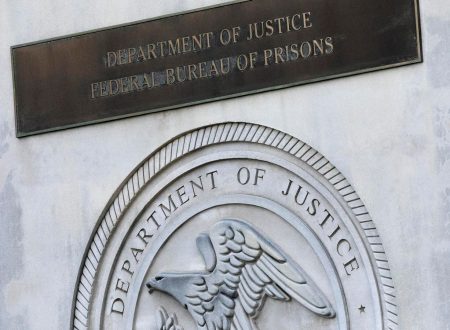The COVID-19 pandemic prompted swift congressional action to support businesses and their employees. The CARES Act introduced the Employee Retention Credit (ERC), a refundable tax credit designed to incentivize employers to retain their workforce. Eligibility hinged on meeting either a gross receipts test, demonstrating substantial revenue decline, or a government order test, proving business operations were fully or partially suspended due to a COVID-19 government mandate. The latter, particularly the concept of “partial suspension,” became a point of contention and interpretative difficulty.
The IRS attempted to clarify the “partial suspension” criterion through Notice 2021-20. This guidance, however, sparked criticism for its perceived restrictive interpretation, particularly regarding the “nominal portion” of business operations affected by government orders. The IRS suggested a 10% threshold concerning either gross receipts or employee hours, essentially deeming any impact below this level as insignificant for ERC qualification. This interpretation left many businesses, especially those experiencing disruptions beyond their control but falling short of the 10% mark, feeling excluded from the intended relief.
This disagreement over the interpretation of “partial suspension” culminated in legal action. Stenson Tamaddon LLC, an Arizona-based company, challenged the IRS’s stance, arguing that Notice 2021-20 overstepped the agency’s authority and was procedurally flawed under the Administrative Procedure Act (APA). The lawsuit contended that the IRS, by effectively creating a new rule rather than merely interpreting existing law, should have adhered to APA’s notice-and-comment requirements. This legal challenge highlighted the broader debate concerning agency rulemaking and the potential for overreach when interpretations significantly alter the practical application of legislation.
The unfolding litigation yielded a significant development. While defending Notice 2021-20, the government conceded that the 10% threshold was not a rigid requirement but rather a “safe harbor.” This admission clarified that businesses experiencing less than a 10% impact on their operations could still qualify for the ERC based on a “facts and circumstances” evaluation. The government acknowledged that the “partial suspension” concept encompassed a spectrum of disruptions, not solely defined by the 10% benchmark. This concession, while arising within the context of litigation, carries significant weight for other businesses navigating ERC claims.
This clarification represents a potential turning point for businesses seeking ERC relief. The government’s acknowledgment that the 10% figure serves as a safe harbor, not an absolute bar, opens avenues for businesses to substantiate their claims based on the specific circumstances of their operational disruptions. Businesses previously deterred by the perceived rigidity of the 10% threshold can now revisit their eligibility and present evidence of how government orders, even if resulting in less than a 10% impact, materially hindered their operations. This development underscores the importance of thorough documentation and the potential for successful ERC claims even outside the initial safe harbor parameters.
The Stenson Tamaddon case and the government’s subsequent concession provide valuable insights for navigating ERC claims and underscore the evolving interpretation of “partial suspension.” While the litigation’s final outcome remains pending, the current stance offers greater flexibility for businesses to demonstrate eligibility. The government’s acknowledgment of a broader interpretation beyond the 10% safe harbor emphasizes the importance of a comprehensive, fact-specific approach to ERC claims. Businesses should carefully assess their circumstances, gather supporting evidence, and consider seeking professional guidance to effectively navigate the ERC process in light of these developments. This case serves as a reminder of the dynamic nature of tax law interpretation and the potential for legal challenges to shape the application of complex regulations.










